Eccles Mine Disaster Memorial Cemetery
Introduction
Text-to-speech Audio
Images
Crowds gathering at the Eccles Mine
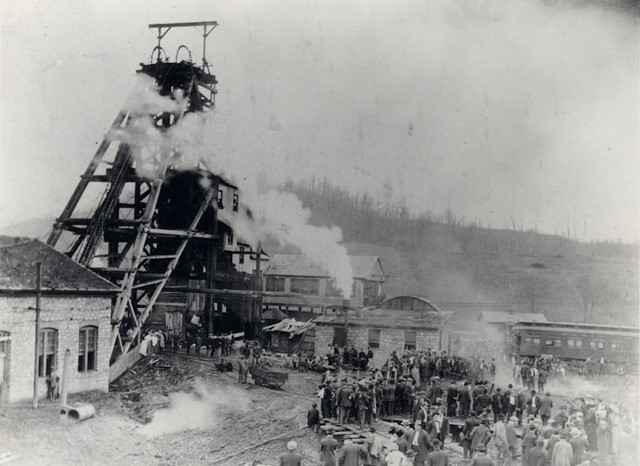
Historical Marker located at the Raleigh County Courthouse
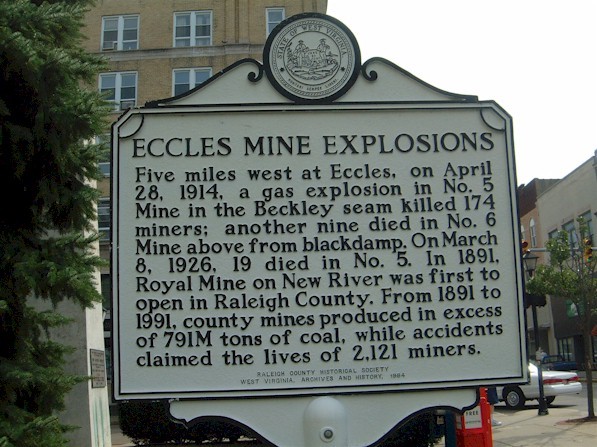
Memorial dedicated to the miners who lost their lives
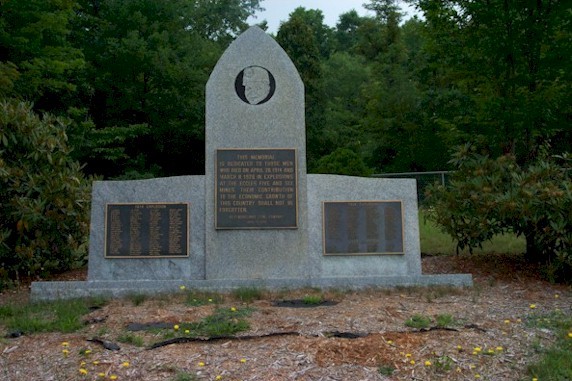
Wives and children of the miners waiting for news
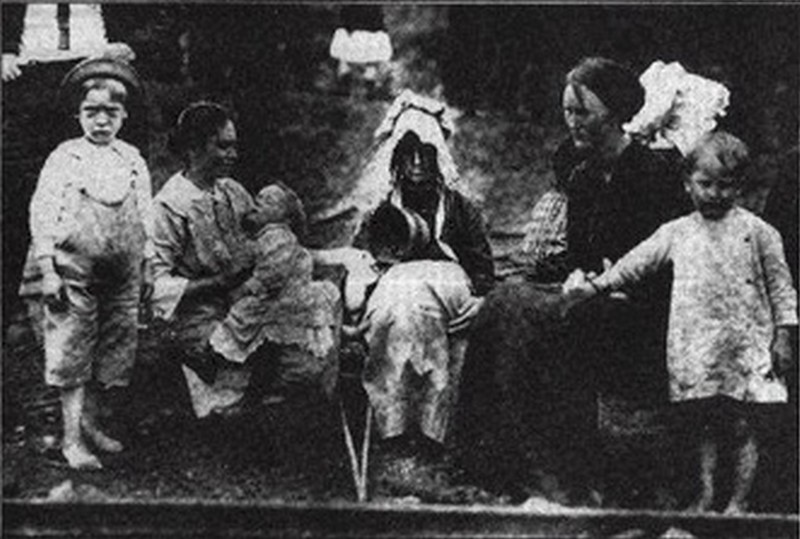
A newspaper headline from the time. Altoona Tribune of Pennsylvania April 30, 1914

A postcard of the Eccles mine
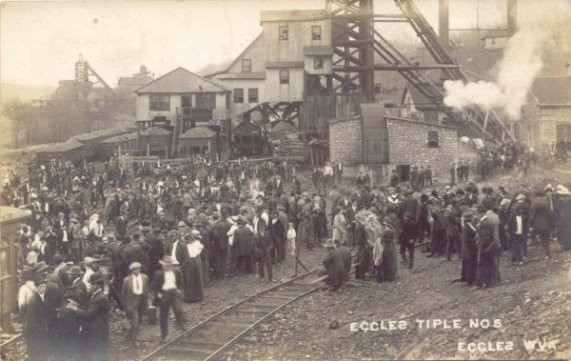
Eccles No. 5 miners. Photo courtesy of West Virginia & Regional History Center.
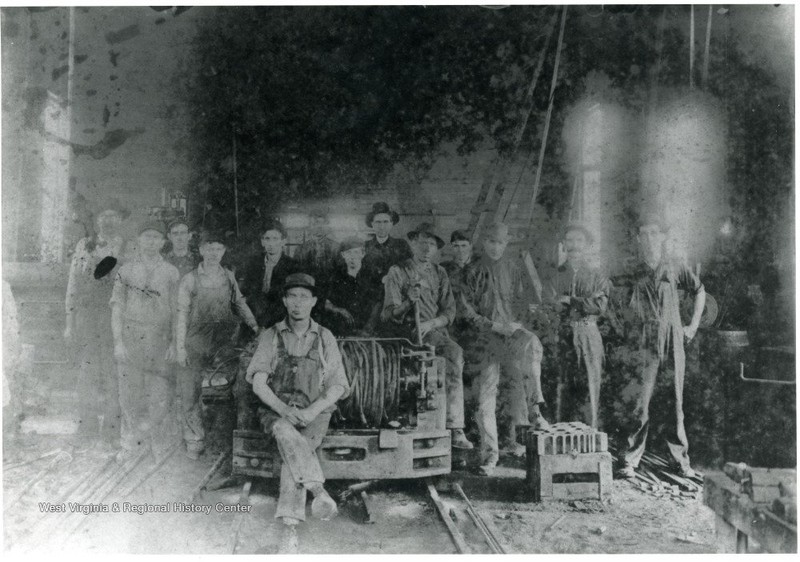
Article from the Forest Republican, Tionesta, PA, May 06, 1914, that discusses the composition of the miners along with the workers compensation for the miners' wives and children.

This article from the Arizona Republican, Phoenix, AZ, May 0, 1914, discusses the bravery of a young tapper boy, Davy Buckhannon who warned the No. 6. miners of after-damp when the No. 5 mine exploded.
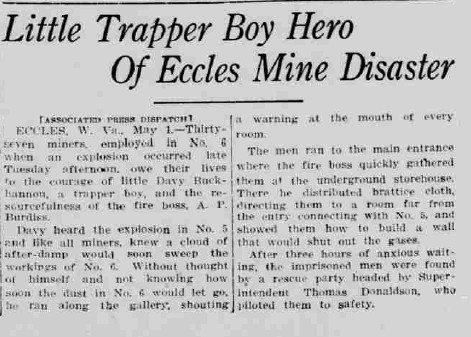
Backstory and Context
Text-to-speech Audio
The mine at Eccles was first opened in 1905 and was owned by the Guggenheim family from New York. At the time, the Eccles Mine was believed to be a relatively safe mine that was up to the ventilation standards. However, around 2:10pm on April 28, 1914 the No. 5 mine exploded. The explosion is said to have been caused by a miner blowing a hole through a coal barrier in order to shorten his walk between his working areas. This caused a problem to the mine's ventilation, leading to a buildup of methane in the air which was then ignited by another miner’s open-flame lamp (1). The subsequent explosion killed all 174 workers in Eccles Mine No. 5 that day. Blackdamp, the deadly gas resulting from coal mine explosions, traveled from No. 5 to the connecting No. 6 mine. Nine men in the Eccles No. 6 mine died due to asphyxiation from the afterdamp. One man from mine No. 6, William Derenge, survived both this explosion in 1914 and a second explosion at the Layland Mine on March 2, 1915 in which 112 men died. In both instances he survived by barricading himself from the deadly afterdamp.
It took recovery crews a total of four days to reach the victims of the disaster. A temporary morgue was established on site to help with body identification, however the explosion was so violent many bodies were unable to be identified. Five of the dead miners were only fourteen years old and many of the miners were immigrants. New workman’s compensation laws provided assistance to widows of the miners. They received $20 every month until remarriage or death and $5 a month for every child under fifteen, up to three children (2). The state also provided coffins and burial boxes for the dead. This was the deadliest coal mine explosion in the United States in the year 1914. According to the U.S. Bureau of Mines a total of 2,451 miners died on the job that year. This was 334 less than the casualties of 1913 (3).
On March 8, 1926, Eccles experienced another explosion which killed 19 miners. The mine at this point was operated by a subsidiary of the Stonega Coal Company. Fine coal particles present in the air contributed to this explosion. Similar to the 1914 disaster, both connecting mines No. 5 and No. 6 were affected by the explosion. A total of 45 workers survived this second explosion.
Eccles Mine continued in operation until 1928, and the coal seam utilized by the mine continued to be extracted for many decades afterwards from other shafts. There are historical markers and memorials dedicated the the Eccles Mine Disasters.
